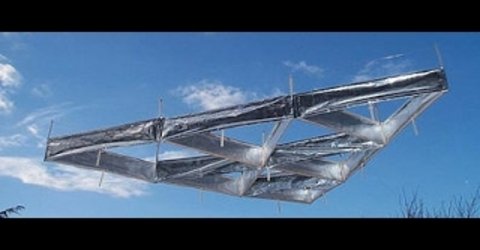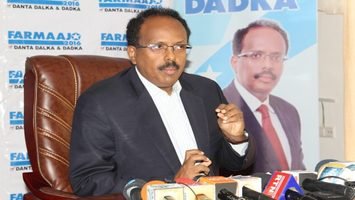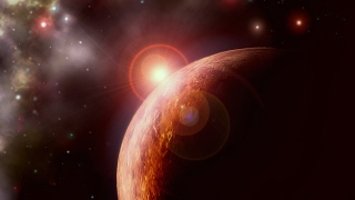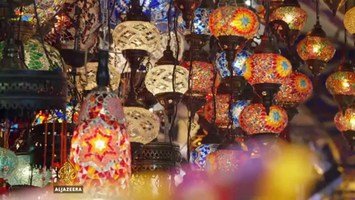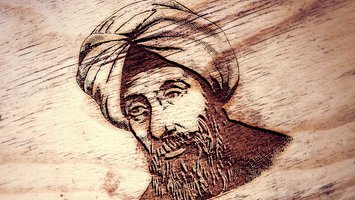In a momentous occasion for Indian Space Research Organisation (ISRO) as well as India, a record 104 satellites was launched today from the spaceport of Sriharikota of Andhra Pradesh. India now becomes the first country to script history after launching the 104 satellites in a single rocket.
ISRO already an achiever of extraordinary feats, has outdone itself and Russia which previously held the record for the most satellites launched in a single mission- which is 37 -- in 2014.
Last June, ISRO had sent up 20 satellites in one go, its personal best. It is using the same rocket this time -- the XL version of the popular Polar Satellite Launch Vehicle (PSLV), to push the boundaries of efficiency and effectiveness in space launches.
With smaller satellites -- like the ‘Cubesats’ that measure 10cm x 10cm x 10cm and weigh between 1 kg and 10 kg -- becoming the norm, it is possible to load more and more of them on to a single rocket. Satellites that are even more small and light are becoming popular too, and are being used for a variety of space applications. When ISRO put in to orbit 10 satellites on the PSLV-C10 in June 2008, it created a world record. But the record was subsequently broken several times by Russian and American rockets.
Of 101 co-passenger satellites, 96 belong to USA, five from International customers of ISRO -- Israel, Kazakhstan, Netherlands, Switzerland, United Arab Emirates, respectively.
Two other Indian nano satellites, totally weighing about 1,378 kg, will also ride piggyback in the rocket. The nano-satellites belonging to international customers are being launched as part of the arrangement by Antrix Corporation Ltd (ANTRIX) the commercial arm of the ISRO. Cartosat-2 Series, which is the primary satellite, will be similar to the earlier four satellites in Cartosat-2 Series.
It was ISRO’s second successful attempt after launching 23 satellites in one go in June 2015. PSLV has first launched the 714 kg CARTOSAT-2 Series satellite for earth observation and then inject 103 co-passenger satellites, together weighing about 664 kg at lift-off into polar Sun Synchronous Orbit, about 520 km from Earth.




